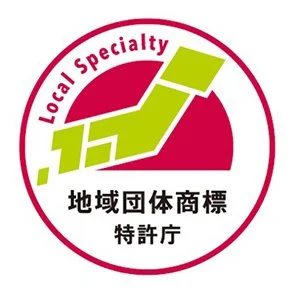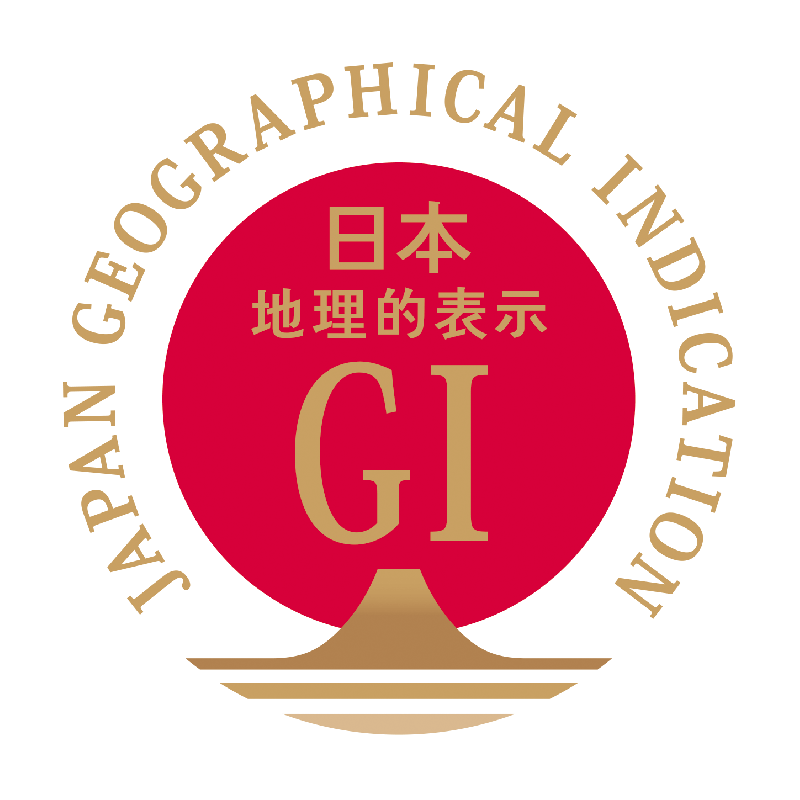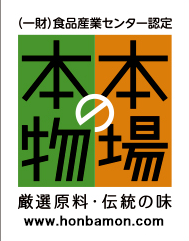Japanese Tea and Related Geographical Indication & Trademark Frameworks
It is said that there are more than 120 recognized names for Japanese tea, yet many have not yet been registered. Among them, some Japanese teas are registered under the following four main systems to protect regional characteristics and enhance brand value.
1. Regional Collective Trademark System (Regional Brand Trademark)
Governing Authority: Japan Patent Office
Purpose: To protect regional brands as trademarks, maintain the credibility of production areas, and revitalize local economies.
Features: Allows registration of trademarks combining a regional name + product name. Must be renewed every 10 years.
Examples of Registered Teas:
Sayama Tea, Kawagoe Matcha, Ashigara Tea, Kaga Bōcha, Mino Shirakawa Tea, Shizuoka Tea, Kawane Tea, Kakegawa Tea, Higashiyama Tea, Kakegawa Matcha, Nishio Matcha, Ise Tea, Kōka Tea, Masudokoro Tea, Uji Tea, Uji Sencha, Uji Gyokuro, Uji Tencha, Uji Matcha, Kamikatsu Awa Bancha, Yame Tea, Yame Tea (Fukuoka), Yame Matcha, Ureshino Tea, Sonoki Tea, Kumamoto Tea, Kuma Tea, Kagoshima Chiran Tea, Chiran Tea, Kirishima Tea, and CEYLON TEA.
2. Geographical Indication (GI) Protection System
Governing Authority: Ministry of Agriculture, Forestry and Fisheries (MAFF)
Purpose: To register and protect qualities rooted in the nature and traditions unique to a given area, under national authority.
Features: Only groups that meet the established quality standards may use the name. No renewal is required, and the government enforces against unauthorized use. Widely recognized internationally.
Examples of Registered Teas:
Shizuoka Prefecture – Kawane Tea
Kyoto Prefecture – Uji Tea
Kagoshima Prefecture – Kirishima Tea
Already Registered: Yame Traditional Hon Gyokuro (Fukuoka), Fukamushi Kikugawa Tea (Shizuoka)
Under Application: Traditional Uji Tencha (Kyoto), Nishio Tea (Aichi)
3. “Authentic Specialty Products” Program (Regional Food Brand Labeling Standards)
Certification Body: Japan Food Industry Center (a general incorporated foundation)
Purpose: To certify and differentiate regional specialty products that utilize traditional production methods and locally sourced ingredients.
Features: A private organization (the Food Industry Center) reviews and certifies products.
Examples of Certified Teas (5 items):
Ashigara Tea
Ise Hon Kabuse Tea
Hoiro-style Yame Tea
Fukamushi Kakegawa Tea
Ōtoyo’s Goishi Tea
4. “Furusato” Certified Food Program (3E Mark)
Certification: Initially by the Ministry of Agriculture, Forestry and Fisheries (MAFF) — now implemented independently by each prefecture through its own certification program.
Purpose: To provide consumers with trustworthy food labeling.
Features: Certification by the prefectural governor. The “3E” stands for Excellent Quality (quality), Exact Expression (accurate labeling), and Ecology (environmental harmony).
Scope: Foods that utilize traditional production methods and local ingredients (including Japanese tea).



